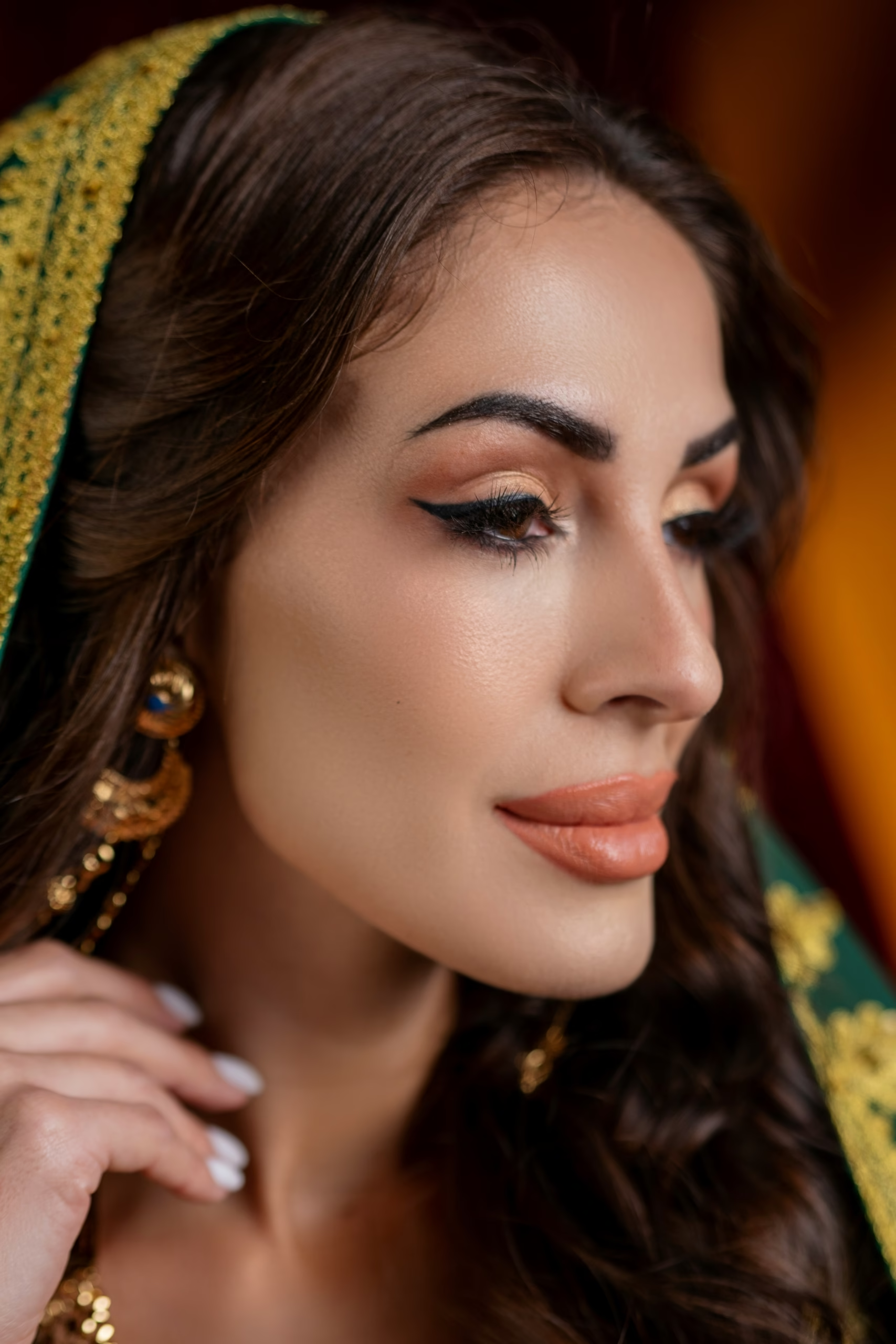Banarasi silk, the epitome of elegance and tradition, has been a symbol of luxury and craftsmanship for centuries. Originating from the sacred city of Varanasi (also known as Banaras) in India, this exquisite textile holds a special place in the hearts of fashion enthusiasts and cultural connoisseurs alike. From its intricate patterns to its regal sheen, Banarasi silk represents the perfect blend of artistry and heritage.
A Rich Legacy of Craftsmanship
The history of Banarasi silk dates back to the Mughal era when Persian motifs and Indian designs merged to create a unique and stunning art form. The weavers of Banaras, known for their unparalleled skill, meticulously craft each saree with passion and precision. The weaving process is time-intensive, often taking weeks or even months to complete a single piece, depending on the complexity of the design.
What sets Banarasi silk apart is its intricate zari work, where threads of gold and silver are woven into the fabric to create mesmerizing patterns. These motifs often include floral designs (kalga and bel), architectural inspirations, and traditional Mughal patterns, making each saree a masterpiece.
Types of Banarasi Silk
Banarasi silk comes in various forms, each with its own charm and appeal. Here are some of the popular types:
- Katan Silk: Known for its smooth texture and durability, Katan silk is made from pure silk threads. It is ideal for weddings and grand celebrations.
- Organza (Kora) with Zari: Lightweight and sheer, this fabric is adorned with intricate zari motifs, making it perfect for formal occasions.
- Georgette Banarasi: A modern twist on the classic, Georgette Banarasi sarees are lightweight and easy to drape, suitable for both casual and festive wear.
- Shattir: This is a contemporary blend of silk, designed for modern styles and aesthetics.
Why Banarasi Silk is a Must-Have
Banarasi silk sarees are more than just garments; they are heirlooms that carry the essence of tradition and culture. Here’s why every wardrobe deserves one:
- Elegance Redefined: The rich texture and intricate designs make Banarasi silk sarees a showstopper at any event.
- Versatility: Suitable for weddings, festivals, and formal occasions, Banarasi silk adds grace to any look.
- Timeless Appeal: A Banarasi saree never goes out of style and can be passed down through generations.
- Support for Artisans: Investing in authentic Banarasi silk supports the livelihoods of skilled artisans and preserves a centuries-old craft.
How to Care for Your Banarasi Silk
To maintain the beauty and longevity of your Banarasi silk, follow these simple care tips:
- Dry Clean Only: Avoid washing at home to preserve the fabric’s shine and texture.
- Store Carefully: Wrap the saree in a muslin cloth and store it in a dry, cool place to prevent discoloration.
- Avoid Direct Sunlight: Prolonged exposure to sunlight can fade the vibrant colors.
- Air Occasionally: Let the saree breathe by taking it out of storage periodically to avoid mildew.
Banarasi Silk: A Global Treasure
While Banarasi silk has its roots in India, its allure transcends borders. It has become a favorite among fashion designers worldwide, who incorporate this luxurious fabric into contemporary outfits, from gowns to lehengas. Celebrities and royals alike have embraced Banarasi silk, further cementing its status as a global icon of elegance.
Conclusion
Banarasi silk is not just a fabric; it is a celebration of art, culture, and tradition. Whether you wear it as a saree, a lehenga, or a fusion outfit, it exudes unmatched grace and sophistication. Owning a piece of Banarasi silk is like owning a fragment of history, a timeless treasure that connects the past to the present.
So, the next time you seek to elevate your wardrobe, look no further than the timeless elegance of Banarasi silk. It is not just a purchase; it’s an investment in beauty, tradition, and craftsmanship that will be cherished for generations to come.



Leave a comment